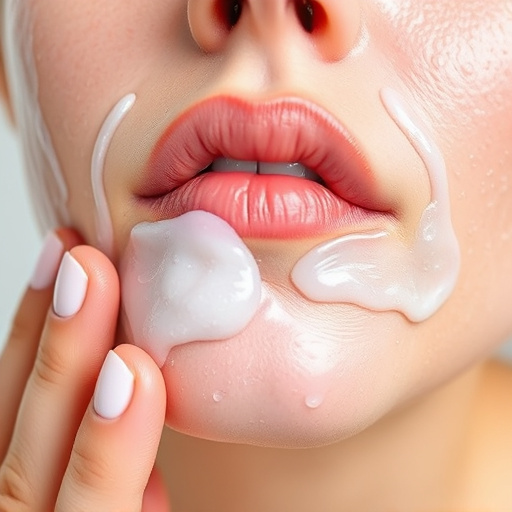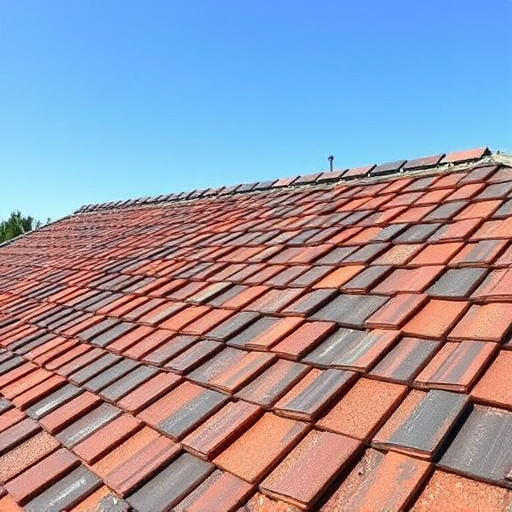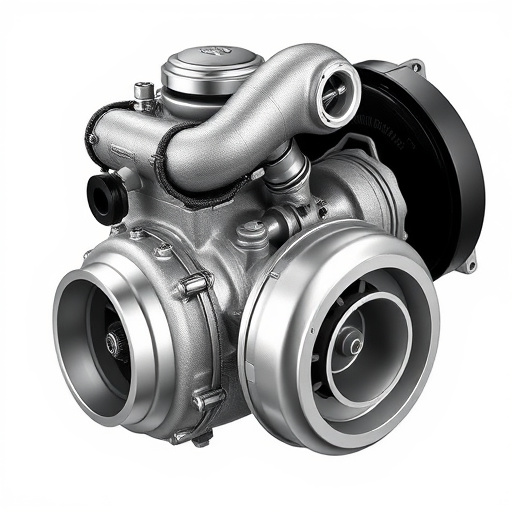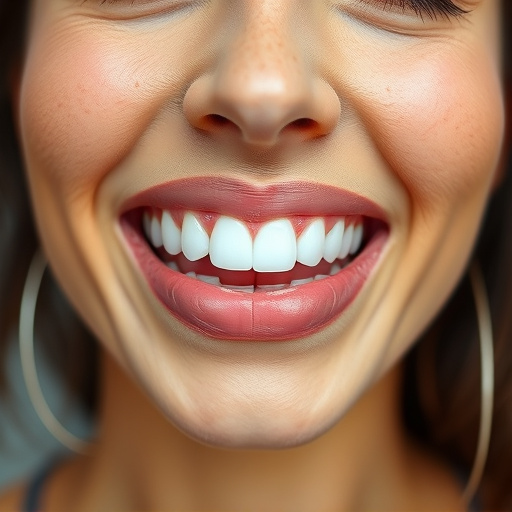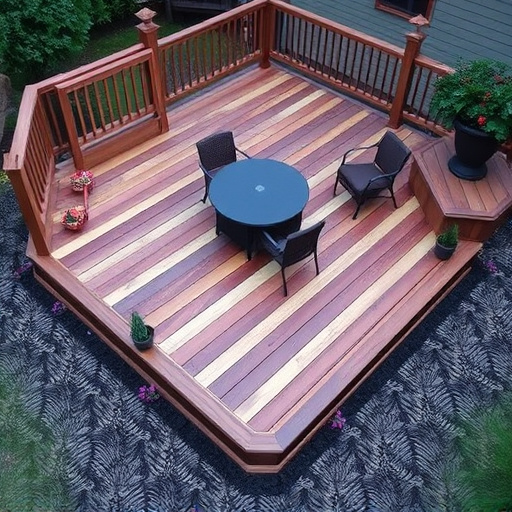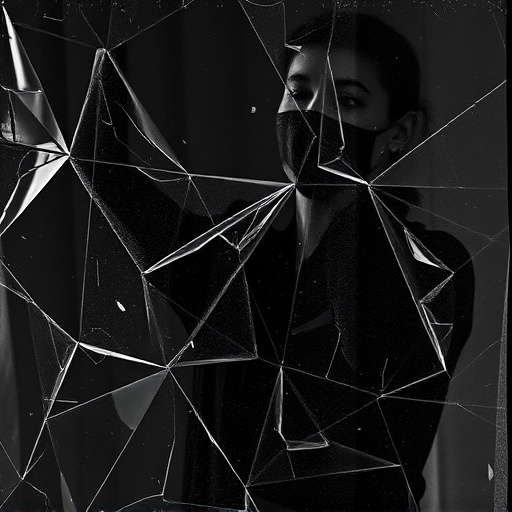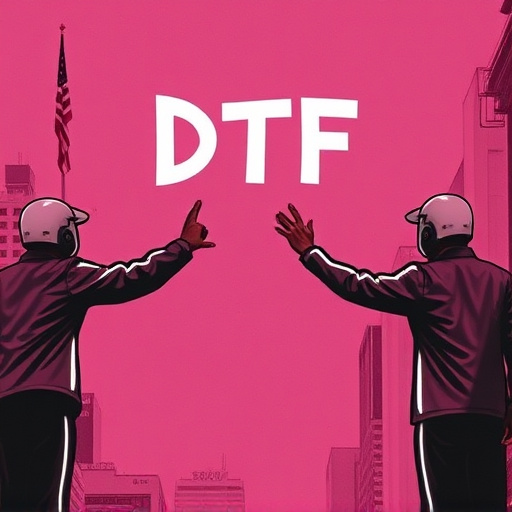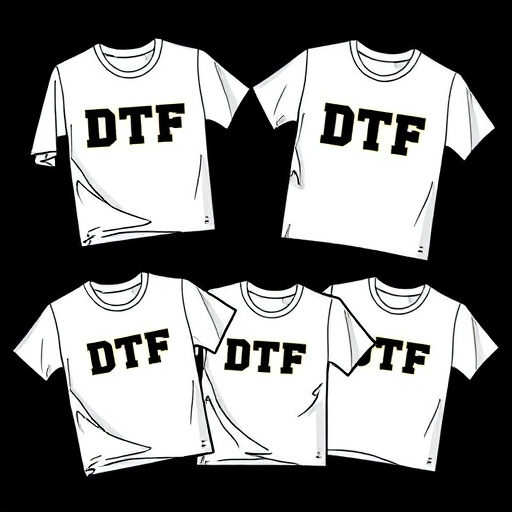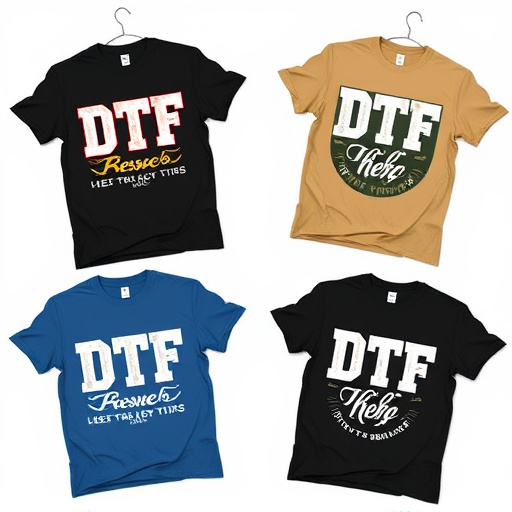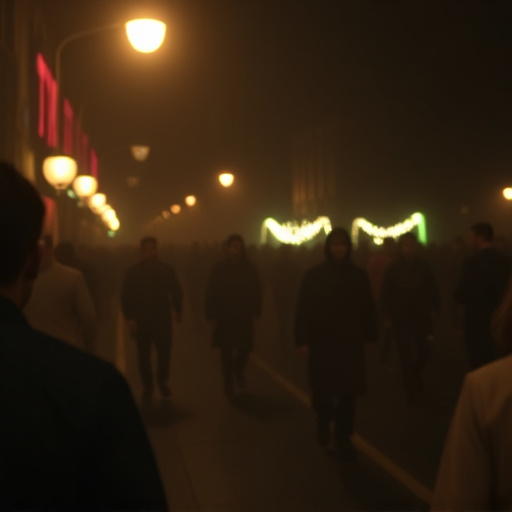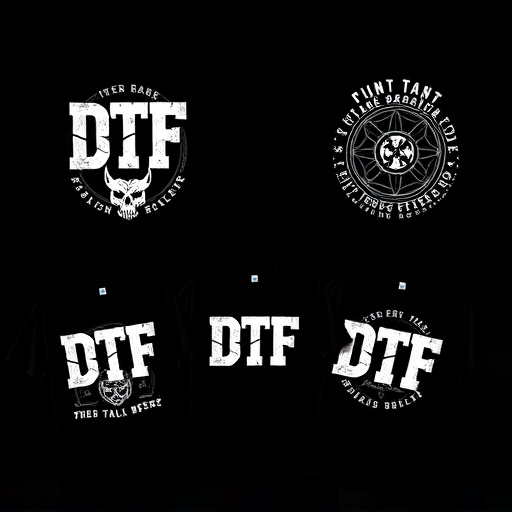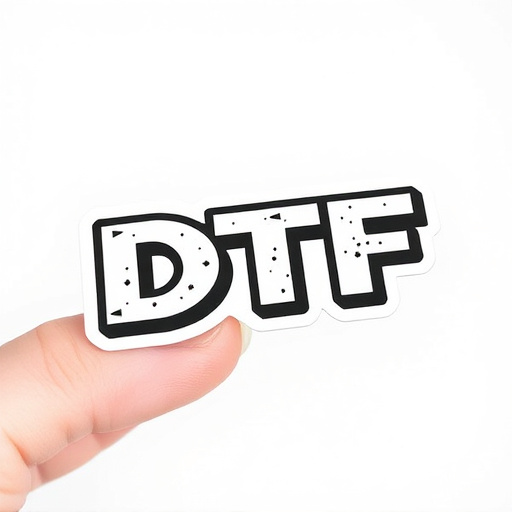DTF (Direct-to-Film) Film Sheets revolutionize printing with advanced technology, offering high-quality graphics on various surfaces like fabric, wood, and metal. These sheets use precision adhesives for long-lasting durability, making them ideal for fashion, signage, and promotional products. Print quality depends on factors like high-resolution designs, suitable fabric type, optimal environmental conditions, and using compatible inks/films (like UV-curable ink). Calibrating printing equipment ensures consistent color output across batches.
“Unveiling the secrets behind DTF (Direct-To-Film) film sheets, this article delves into their transformative role in print quality. DTF sheets, a game-changer in the printing industry, offer unparalleled control over final print appearances. From understanding their unique functionality to exploring factors influencing output, we guide you through the process. Discover best practices and tips for achieving exceptional results with DTF Film Sheets, ensuring your prints stand out with vibrant colors and crisp details.”
- Understanding DTF Film Sheets and Their Functionality
- Factors Affecting the Final Print Appearance with DTF Film Sheets
- Best Practices for Achieving Optimal Print Quality Using DTF Film Sheets
Understanding DTF Film Sheets and Their Functionality
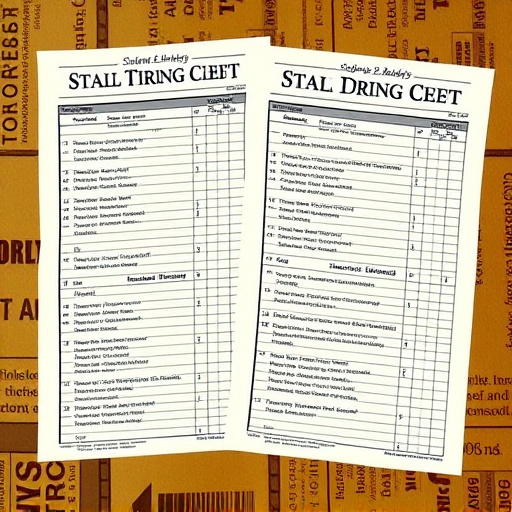
DTF (Direct-to-Film) Film Sheets are a cutting-edge technology in the printing industry, revolutionizing the way final prints are created. These specialized sheets serve as a bridge between design and material, offering an efficient and versatile method for creating high-quality graphics on various surfaces. Each DTF film sheet is designed with a unique, precision-applied adhesive that allows for precise placement of designs onto materials like fabric, wood, or metal.
The functionality of DTF Film Sheets lies in their ability to provide long-lasting durability. Unlike traditional heat transfers, which can crack or fade over time, high-quality DTF transfers offer superior longevity. This makes them ideal for applications that demand resistance to wear and tear, such as fashion apparel, signage, and promotional products. The direct application method also ensures consistent quality, allowing for detailed and vibrant prints, perfect for showcasing intricate designs and artistic expressions.
Factors Affecting the Final Print Appearance with DTF Film Sheets
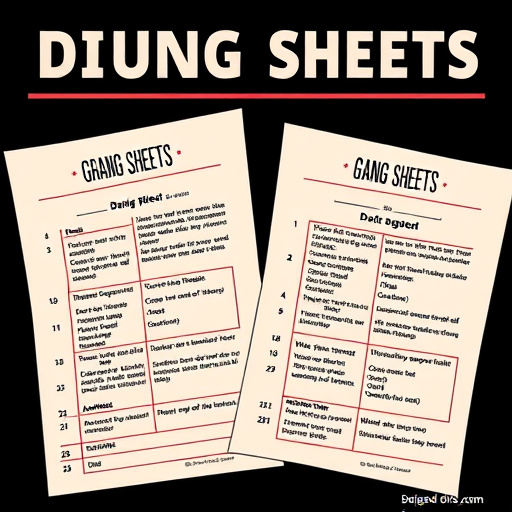
The final print appearance of DTF (Direct to Fabric) film sheets is influenced by several factors. One key aspect is the quality and resolution of the digital design itself. High-resolution images with vibrant colors and sharp lines will yield better results compared to low-quality or pixelated designs. Another critical factor is the type of fabric being printed on; different fabrics have varying levels of absorbency, which can affect ink transfer and overall print quality.
Additionally, the printing process plays a significant role. Precise registration and consistent application of pressure during the printing stage are essential for achieving accurate color reproduction and crisp details. The environmental conditions, such as temperature and humidity, can also impact the final output. Optimal settings ensure that vibrant designs on DTF custom apparel or dtf garment printing are accurately replicated, resulting in visually appealing and durable final prints.
Best Practices for Achieving Optimal Print Quality Using DTF Film Sheets

To achieve optimal print quality using DTF (Direct to Film) film sheets, best practices include preparing your artwork with high resolution and proper color profiles. Start by ensuring your design is crisp and clear, avoiding any pixelation or blur, as this will directly impact the final print’s clarity. Using industry-standard settings for your DTF heat transfers, such as 1200 dpi (dots per inch) or higher, guarantees precise color reproduction.
Additionally, consider the type of ink and film combination suitable for your project. Different inks and films have varying properties, affecting the final appearance. For example, choosing a high-quality UV-curable ink that’s compatible with your DTF film can offer vibrant colors and exceptional durability. Regularly calibrate your printing equipment to maintain consistency in color output, making sure each print looks exactly like the last, especially when producing multiple batches.
DTF (Direct-To-Film) film sheets have revolutionized print quality, offering precise control over final appearances. By understanding their functionality and the key factors that influence them, printers can optimize their use for exceptional results. Adhering to best practices ensures consistent, high-quality prints, making DTF Film Sheets a game-changer in the industry. Incorporating these insights into your workflow will help you achieve vibrant, accurate final products.
